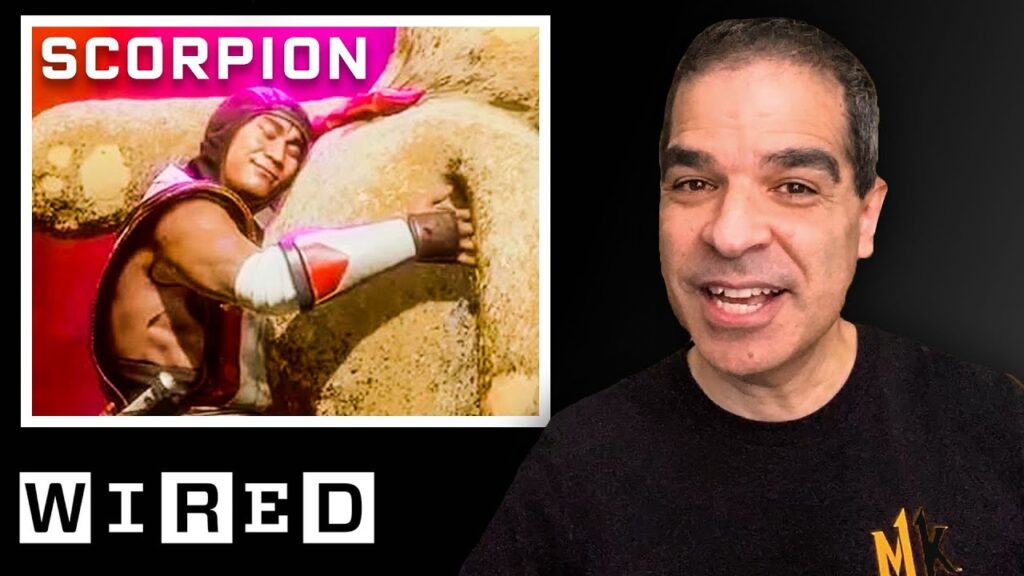Who Wants to Live Forever? Meet the Immortal Hydra
Summary
In this article, we explore the mysterious creature known as the hydra, a tiny gelatinous critter that regrows its body from scratch every two weeks or so. Hydras are incredibly resilient and may, in fact, never die unless they are burned or eaten alive. We delve into what makes this creature so fascinating and examine the implications of its incredible abilities.
Table of Contents
- What is a hydra?
- How does the hydra reproduce?
- How can hydras survive for so long?
- What can kill a hydra?
- What can we learn from the hydra’s longevity?
Introduction
“Who wants to live forever?” asked the band Queen in one of their iconic songs. While humans are not immortal, there are creatures that may just be. Take the tiny hydra, for instance. This small, tentacled critter is capable of regenerating its entire body from scratch every couple of weeks. This incredible ability has made the hydra a subject of fascination and study for scientists around the world. In this article, we delve into what makes the hydra so unique and explore what we can learn from this mysterious creature.
Q&A
What is a hydra?
A hydra is a tiny freshwater organism that belongs to the phylum Cnidaria, which also includes jellyfish and sea anemones. It has a simple, tube-like body with tentacles surrounding its mouth. The hydra uses these tentacles to capture small aquatic organisms, such as water fleas and plankton, for food.
How does the hydra reproduce?
Hydras can reproduce both sexually and asexually. Most commonly, they use a form of asexual reproduction called budding. This is where a hydra grows a small bud on its body, which eventually pinches off to form a new, genetically identical hydra. This process can happen rapidly, with a single hydra producing multiple buds in just a few days.
How can hydras survive for so long?
Hydras are incredibly resilient creatures that may never die unless they are burned or eaten alive. This is because they shed all of their cells every couple of weeks and regrow their bodies from scratch. This means that hydras are essentially reborn over and over again, making them functionally immortal.
What can kill a hydra?
Short of being burned or eaten alive, there are very few things that can kill a hydra. They are incredibly resilient organisms that can survive even in the most extreme conditions. However, certain viruses and bacteria can infect and kill hydras, as can exposure to extreme temperatures or pollutants.
What can we learn from the hydra’s longevity?
The hydra’s incredible ability to regenerate its body and live seemingly forever holds fascinating implications for the field of regenerative medicine. Scientists are studying the hydra’s unique abilities to better understand how they work and how they may be applied to human medicine. By studying the genes and proteins that allow hydras to regrow their bodies, scientists may be able to uncover new treatments for a variety of diseases and injuries.
Conclusion
The hydra is a fascinating creature that challenges our understanding of aging and mortality. Its incredible ability to regenerate its body and live seemingly forever holds exciting possibilities for the field of regenerative medicine. As we continue to study this small, tentacled critter, we may unlock the secrets to living longer, healthier lives ourselves. So next time someone asks you who wants to live forever, you can tell them that the hydra might just have the answer.







